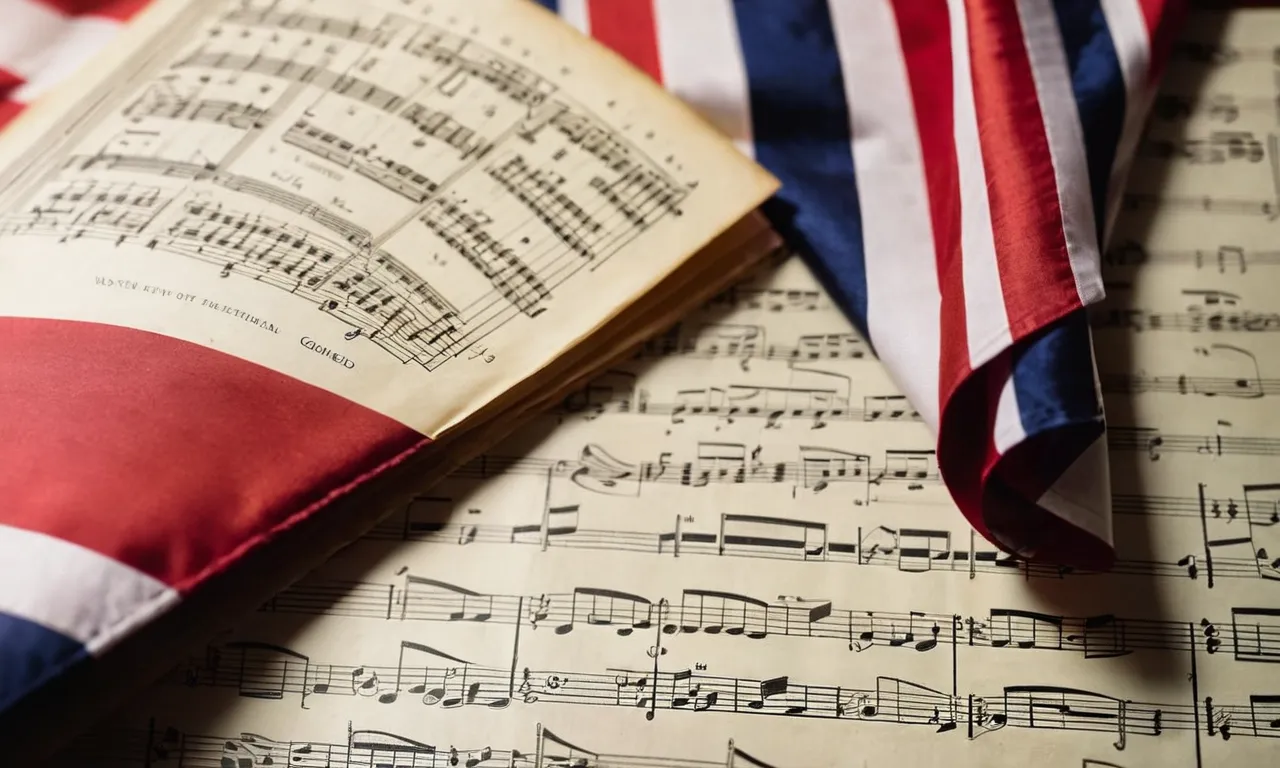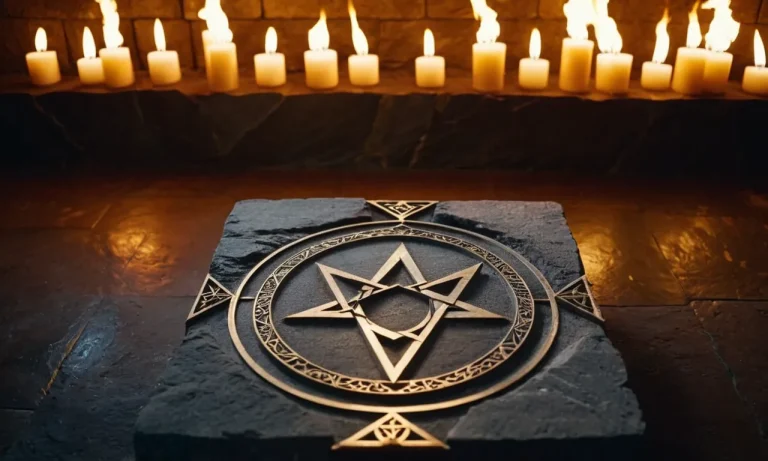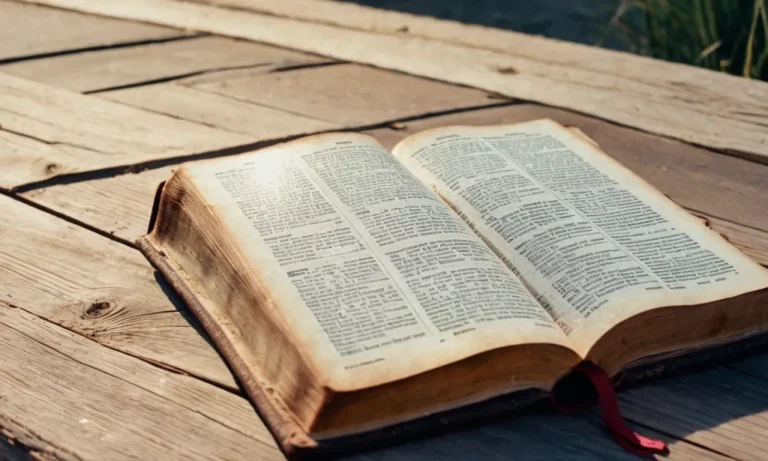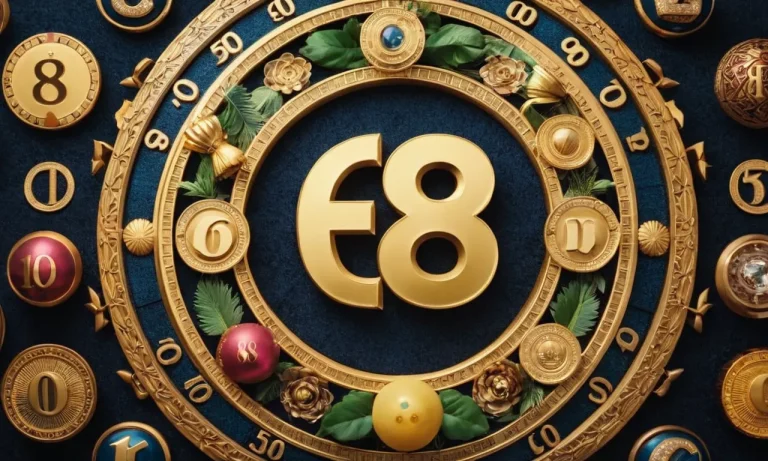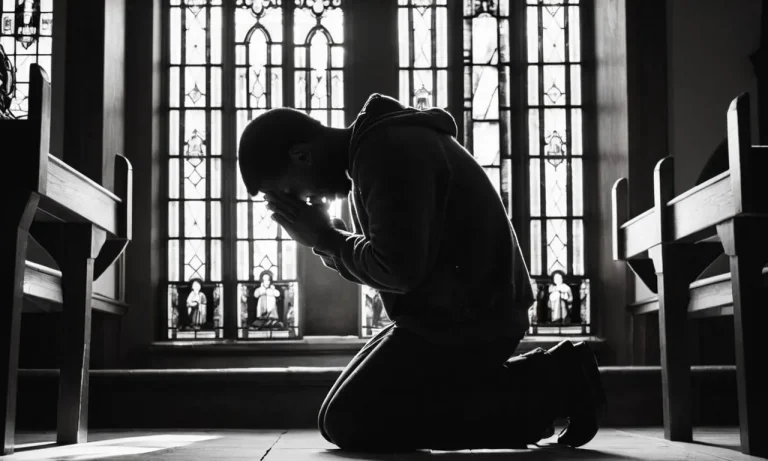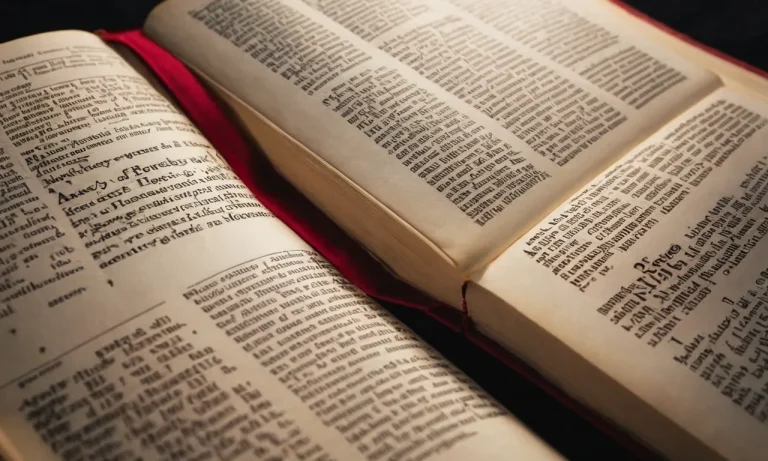The Shared Melody Of ‘My Country Tis Of Thee’ And ‘God Save The Queen’
The patriotic American song ‘My Country Tis of Thee’ stirs feelings of pride with its lyrics praising the beauty of the United States. However, its melody is identical to that of the British national anthem, ‘God Save the Queen’, which begs the question: why do these two songs from different countries share the same iconic tune?
If you don’t have time to read the whole article, the short answer is that the melody for ‘My Country Tis of Thee’, also known as ‘America’, was taken directly from the British song ‘God Save the King/Queen.’
The same melody was used for the American lyrics as a symbol of the historical ties between the two nations.
The Origin of the Shared Melody
The British Anthem ‘God Save the King/Queen’
The British national anthem, also known as “God Save the King” or “God Save the Queen” depending on the gender of the monarch at the time, first emerged in the mid-18th century. The exact origins are obscure, but the melody can be traced back to a song called “God Save the King” that was publicly performed around 1745.
The song became popular as support grew for the Hanoverian dynasty in Britain. By the 1780s, it was established as the unofficial British national anthem, used for celebrations and royal ceremonies. When Queen Victoria took the throne in 1837, the song was firmly adopted as the country’s national anthem.
The American Song ‘My Country Tis of Thee’
The melody used for “God Save the Queen” also made its way across the Atlantic in the early 19th century. Around 1831, the American hymn lyrics “My Country Tis of Thee” were set to the familiar melody.
The lyrics, written by pastor Samuel Francis Smith, were created for a children’s July 4th celebration. Smith evidently thought the British melody would work well, matching his patriotic new lyrics. The hymn quickly became popular and was sung at political rallies or following speeches by figures like Abraham Lincoln.
So while the British had officially used the melody for “God Save the Queen” since the early 1800s, Americans also began extrapolating it for patriotic songs like “My Country Tis of Thee.” To this day, careful listeners can hear the similarity between the songs—evidence of how cultures can influence one another across borders.
Later Historical Use of the Melody
During the American Revolution
The melody for “My Country Tis of Thee” took on special meaning during the American Revolutionary War. As American patriots sought independence from Britain, the song with the same tune as “God Save the King/Queen” became a way to signal their defiance.
There are reports that after the signing of the Declaration of Independence on July 4, 1776, the melody was played by the band at the ceremony. Using the British anthem’s tune sent a clear message – America was breaking away while also laying claim to cultural touchstones it wanted to preserve.
Throughout the war, the song bolstered revolutionary spirit. Soldiers reportedly sang “My Country Tis of Thee” before battles and following victories. Hearing the familiar melody with new words championing freedom moved many to the cause.
In the 19th Century United States
As an independent America solidified its national identity in the 1800s, “My Country Tis of Thee” took on greater significance. It was frequently featured at parades, political rallies, social gatherings and public events as a deeply felt expression of patriotism.
The song also made its way into education. It was printed in textbooks and taught to schoolchildren as part of a curriculum designed to strengthen civic involvement and cultural heritage.
On occasions when British dignitaries visited America, “My Country Tis of Thee” was sometimes played alongside “God Save the Queen” as a diplomatic gesture. The similar melodies represented a link between the two nations despite past differences.
Other National Anthems That Use the Melody
The melody used for “My Country, ‘Tis of Thee” and “God Save the Queen” has been remarkably popular and adapted for many other national anthems over the years. Here are some other notable examples:
Norway
Norway’s national anthem, “Ja, vi elsker dette landet” (“Yes, We Love This Country”), uses the same melody. The lyrics were written by Bjørnstjerne Bjørnson in 1859, during a period when Norway was under Swedish rule.
Adopting the melody of “God Save the Queen” was a way to subtly express the Norwegian people’s desire for independence. Norway gained full independence from Sweden in 1905.
Russia
The melody was used for the old imperial anthem of Russia, “God Save the Tsar!”, in use from 1816 to 1833. Russian composer Alexei Lvov adapted the music for these new lyrics praising the Russian tsar. After the Russian Revolution in 1917, this imperial anthem was naturally replaced.
Liechtenstein
Liechtenstein’s national anthem, “Oben am jungen Rhein”, uses the same tune. The lyrics were written by Swiss author Jakob Josef Jauch in 1850. Liechtenstein adopted it as their anthem in 1920. The theme focuses on praising the natural beauty of the Rhine river that forms Liechtenstein’s western border with Switzerland.
Switzerland
Interestingly, Switzerland’s national anthem, “Schweizerpsalm”, is set to the same melody too. Swiss priest Ulrich Surgant wrote these patriotic lyrics in 1841 during a period of tension between cantons.
The song quickly grew popular in Switzerland as a de facto anthem, until it gained official status in 1981.
Other Anthems
A few other less prominent national anthems have also adapted the tune, including those of Estonia, Latvia, Rhodesia, Transvaal, and the Free State of Brunswick. It shows how popular and widespread this melody became globally, though the lyrics were always locally composed to reflect each nation’s specific culture and values.
Conclusion
The shared melody of the American patriotic anthem ‘My Country Tis of Thee’ and the British national anthem ‘God Save the Queen’ serves as an intriguing example of the deeply intertwined histories of the two nations.
Tracing the origin of the iconic tune back to 18th century Britain, we see how it came to represent national pride on both sides of the Atlantic – for the British monarch, and later for the newly-formed United States.
So next time you hear the soaring notes of ‘My Country Tis of Thee,’ remember that you are also listening to the same melody that has represented the United Kingdom for over two centuries. The story behind the dual use of this anthem speaks profoundly to the cultural connections that remain between America and Britain.

